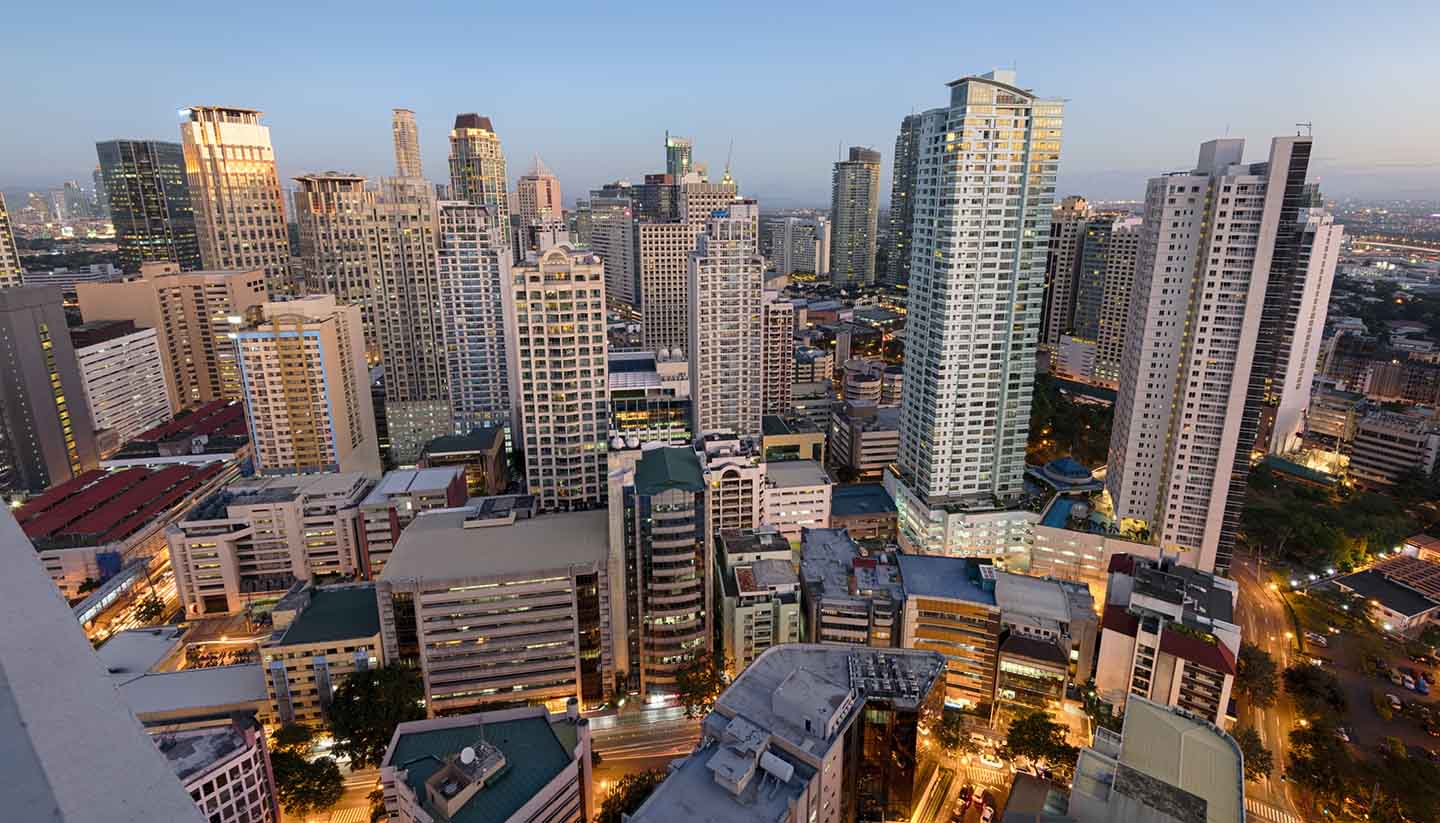Manila History
Manila has been through the ringer, with destruction and rapid development creating chaos where a grand colonial city once stood.
Manila's history is intertwined with its geographic location. Manila Bay was an ideal port for Spanish ships bearing gold, spices, silk and ceramics (treasure hunters still seek sunken Manila galleons today).
Unfortunately for Manileños, this also attracted a string of invaders. Spain first conquered Manila in 1571, and for 300 years, it successfully repelled a series of invasion attempts by the Chinese, Dutch and the British.
The opening of the Suez Canal in 1869 boosted trade to the region, and in the 19th century, Manila was a flourishing Asian metropolis lined with broad boulevards and elegant townhouses.
But anti-Spanish attitudes were becoming more prevalent by the 1890s, and the city surrendered to the USA in 1898 during the Spanish-American War.
US occupation proved positive for Manila. Public schools and a university opened, and increased trade gave the city a more affluent buzz than ever before.
Today, there isn’t a great deal remaining of the Spanish colonial city Miguel Lopez de Legaspi founded on the Pasay River. Earthquakes, WWII wartime Japanese occupation and US bombing in 1945, alongside unbridled development, have seen to that.
Manila’s broken past now lies scattered across a modest collection of museums. The best are eye-catching exhibitions of pre-colonial and shipwreck treasures found at fine exhibitions at the National Museum and Ayala Museum.
Otherwise only Intramuros’ old city hints at a once beautiful architectural past. Its narrow streets host the Philippines’ oldest building, the 16th-century San Augustin Church, and recreate an atmosphere long vanished outside this enclave’s doughty walls.
Did you know?
• Manila used to be peppered with art deco buildings; one of the few remaining examples is the First United Building (formerly the Perez-Samanillo Building) on Escolta Street, the tallest building in the city when it opened in 1928.
• Secret underground tunnels lie beneath Manila’s streets, built by the Americans in the early 20th century as a supply route.
• The city’s name derives from the nilad, a flowering mangrove shrub.


